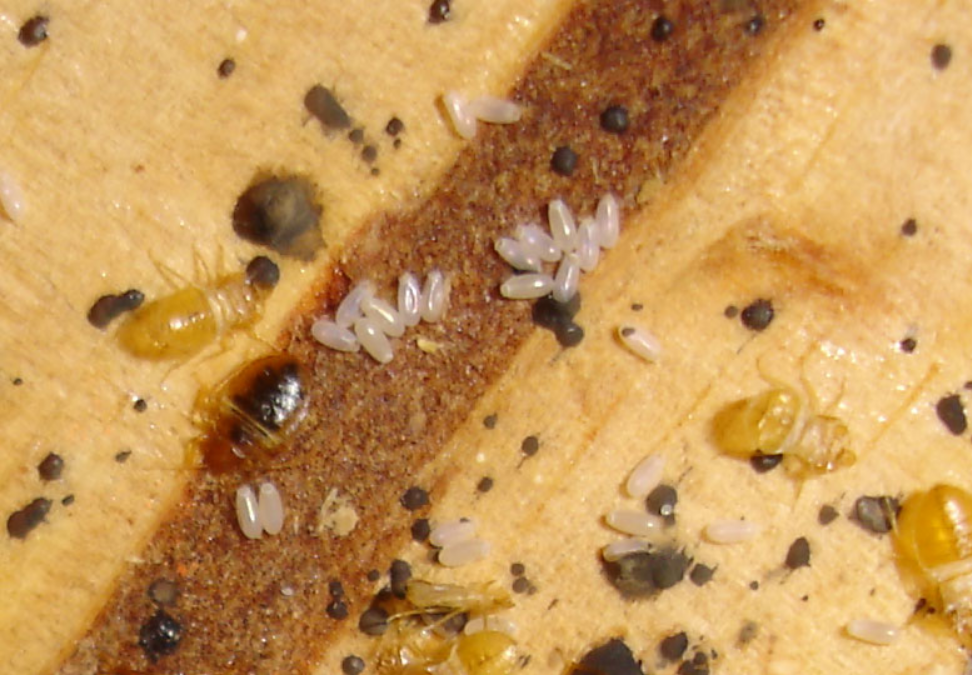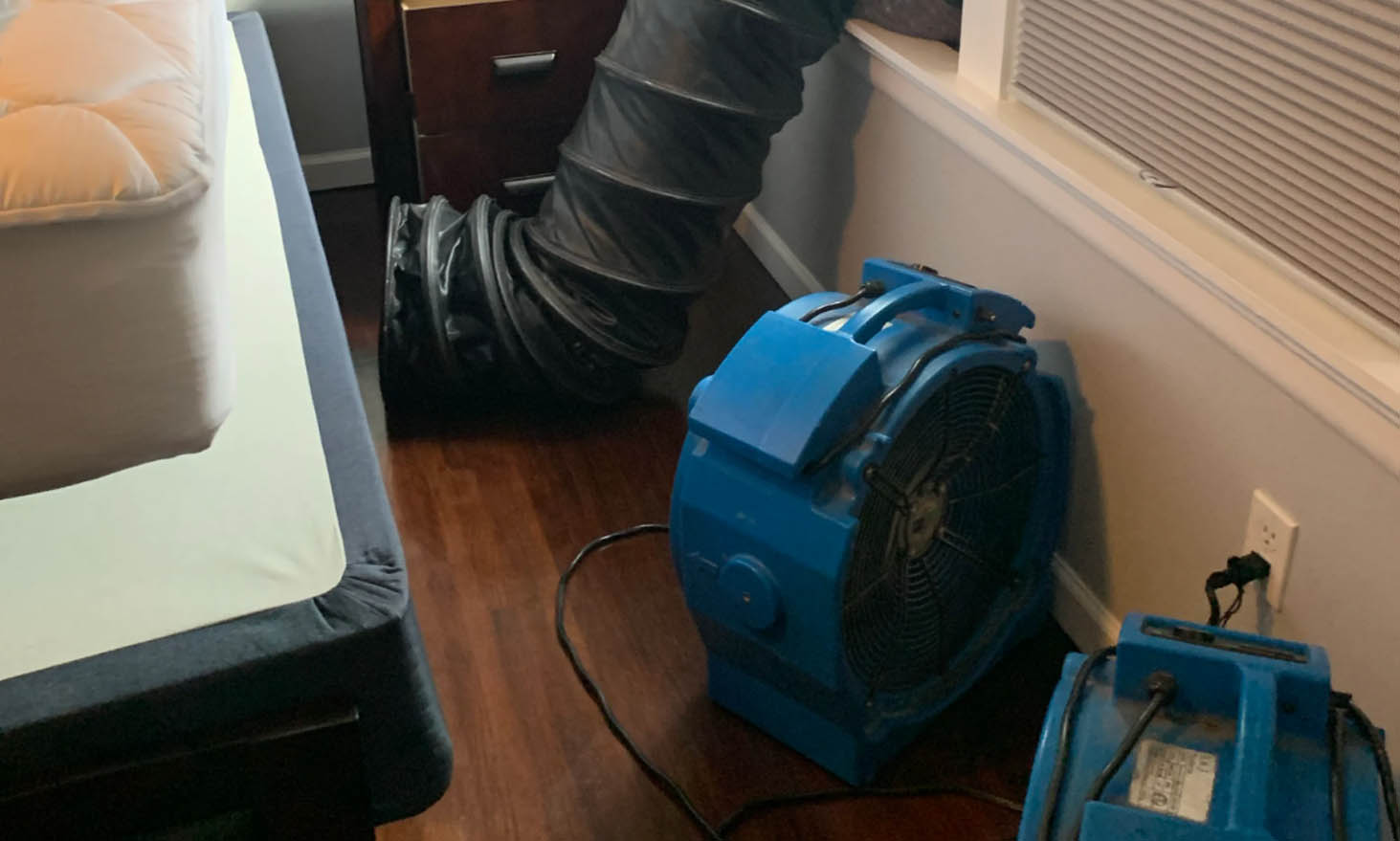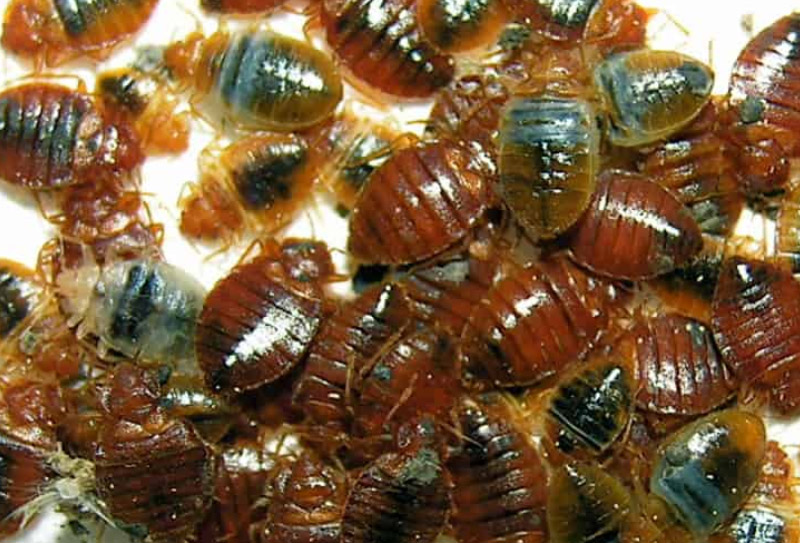Dealing with a bed bug infestation can be a daunting task, but one of the most effective methods to eradicate these pesky pests is heat treatment.
Bed bugs are notorious for their resilience to many traditional insecticides, making heat treatment an appealing option for homeowners looking for a comprehensive solution. However, preparing your home properly before the heat treatment is crucial to ensure its success. Here’s a step-by-step guide on how to prepare your home for a bed bug heat treatment.
1. Clear the Area
Before the heat treatment begins, clear the affected areas of clutter, personal belongings, and any items that could be damaged by high temperatures. This includes clothing, electronics, candles, cosmetics, and perishables. Items that are heat-sensitive, such as certain plastics or wax-based items, should be removed or stored in a cooler area.
2. Launder and Dry
All clothing, bedding, curtains, and linens should be laundered and dried on high heat settings. This will help eliminate any bed bugs that might be hiding in these items. Seal them in plastic bags once they’re cleaned to prevent re-infestation before the treatment.
3. Declutter and Vacuum
Thoroughly vacuum the entire area, paying close attention to cracks, crevices, and seams of furniture, mattresses, and baseboards. Use a stiff brush to dislodge any eggs or bed bugs. After vacuuming, dispose of the vacuum bag in a sealed plastic bag placed in an outdoor trash bin.
4. Unplug Electronics
Electronics are sensitive to heat, so make sure to unplug and cover them with plastic sheets or bags. These can be brought back into the treated area after the process.
5. Seal Cracks and Crevices
Seal any cracks, crevices, or gaps in walls, baseboards, and furniture to prevent bed bugs from escaping the heat. This will ensure that the heat treatment reaches all hiding spots.
6. Inform Professionals
If you have any live plants or pets, inform the pest control professionals performing the heat treatment. They might provide specific guidelines on how to protect these items from the heat.
7. Personal Preparations
Before the heat treatment begins, ensure that you and your family members are prepared for the process. The high temperatures during treatment can be uncomfortable, so dress accordingly and plan for a temporary relocation, if necessary. Pets and family members with certain health conditions might also need to be temporarily relocated.
8. Leave the Treatment to Professionals
Bed bug heat treatment requires specialized equipment and expertise. It’s essential to hire a licensed pest control company with experience in this method. Professionals will use industrial heaters to raise the temperature of the affected area to around 120 to 140 degrees Fahrenheit, effectively killing bed bugs at all stages of life.
9. After Treatment Precautions
Once the heat treatment is completed and the area has cooled down, you can return to your home. Open windows and ventilate the area to remove any residual heat and odors. It’s normal to find dead bed bugs after treatment—simply vacuum them up and dispose of them.
10. Preventative Measures
To minimize the risk of future bed bug infestations, take preventive measures like regularly inspecting your bedding and furniture, sealing cracks, and using bed bug-proof mattress and pillow covers.
In conclusion, a bed bug heat treatment can be a highly effective way to eliminate these persistent pests from your home. Proper preparation is key to its success.
By following these steps and enlisting the help of professional bed bug experts, you can ensure that your home becomes a bed bug-free haven once again.




